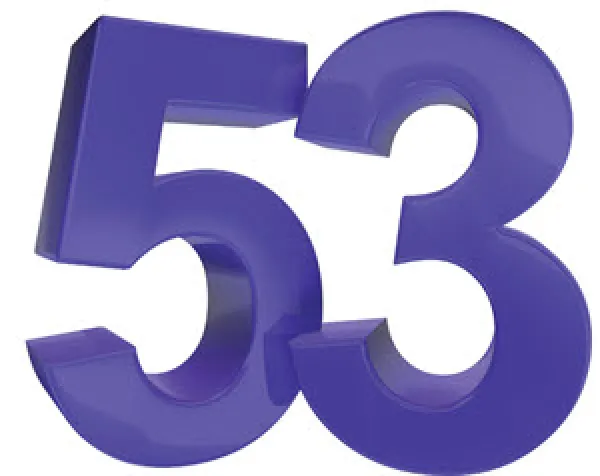Pediatric Coding Alert
Technology:
Conquer Remote Patient Monitoring Obstacles
Published on Fri Jun 07, 2024

You’ve reached your limit of free articles. Already a subscriber? Log in.
Not a subscriber? Subscribe today to continue reading this article. Plus, you’ll get:
- Simple explanations of current healthcare regulations and payer programs
- Real-world reporting scenarios solved by our expert coders
- Industry news, such as MAC and RAC activities, the OIG Work Plan, and CERT reports
- Instant access to every article ever published in Revenue Cycle Insider
- 6 annual AAPC-approved CEUs
- The latest updates for CPT®, ICD-10-CM, HCPCS Level II, NCCI edits, modifiers, compliance, technology, practice management, and more
Related Articles
Other Articles in this issue of
Pediatric Coding Alert
- Preventive Service Coding:
Prepare for Proper Preventive Service Coding
Get the scoop on in-house blood testing codes. In the world of pediatric medicine, preventive [...] - Practice Management:
Overcome 2023 E/M Update Challenges with Expert Advice
Get tips on how and when to query. For outpatient pediatric coders, the evaluation and [...] - Technology:
Conquer Remote Patient Monitoring Obstacles
Also: See what the FDA considers a medical device. In this age of telehealth and [...] - You Be the Coder:
Serve Correct Coding in This Tennis Elbow Case
Question: The provider saw a new teenage patient who was complaining of pain in the right [...] - Reader Questions:
Reevaluate the Relationship Between Unlisted Codes and Modifiers
Question: Can I append a modifier to an unlisted CPT® code? I’m having trouble getting paid [...]
View All




